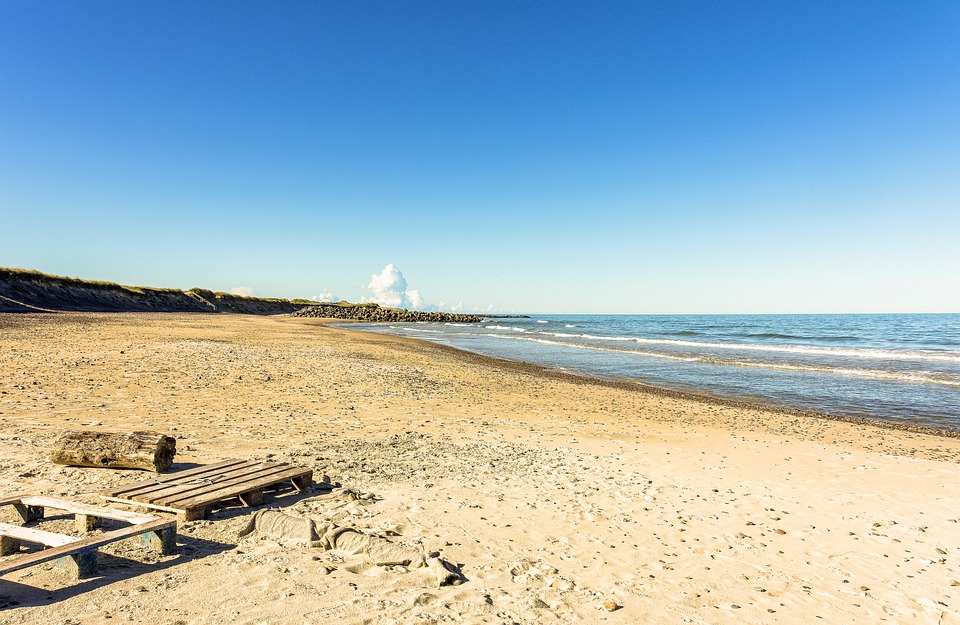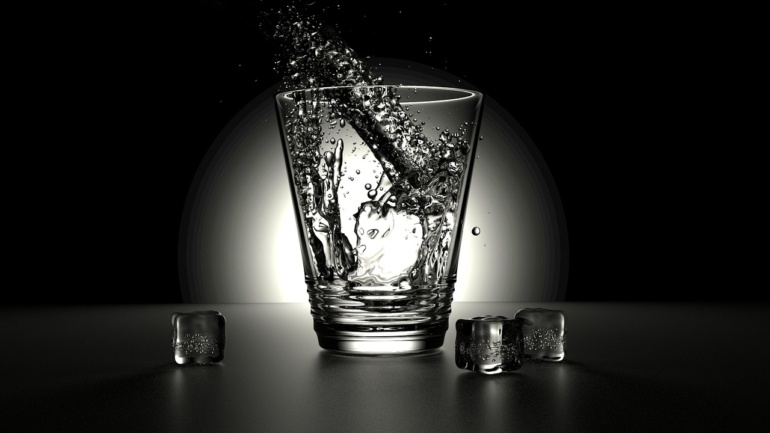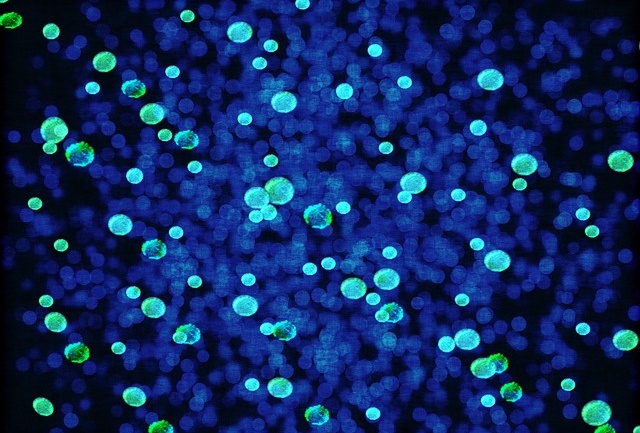By April Day, Publishing Director for Save The Water™ | June 20, 2019
Alaska, among other states, wanted to change its state rules to allow certain industries to release polluted water into natural water bodies. This was back in 2006. The idea, pushed by industry, was to allow certain industries to release water that was more polluted than the water protection laws generally allow. These industries include wastewater plants, mines, and oil refineries. In a nutshell, they argued that diluting polluted water somehow solved environmental problems. The state rule included some protections for certain areas, such as where fish spawn.
In 2006, the United States Environmental Protection Agency (EPA), the agency charged with overseeing the Clean Water Act that protects water, didn’t give Alaska permission to do that. So nothing happened. Now, however, in December of 2018, the EPA let tribes in Alaska know that it was considering Alaska’s proposal again. Tribes and environmentalist don’t agree that the rule protects water enough.1
What are Mixing Zones? Places that can be more polluted.
The Alaska rule calls these areas where more polluted water would be released “mixing zones.” So, what is a “mixing zone,” exactly? According to the Alaska Department of Environmental Conservation’s Division of Water, a mixing zone is basically the area within a larger body of water where initial dilution of polluted water occurs. In this small area, pollution in the water can be higher than what is generally allowed.2 In other words, polluted water is put into clean water, and the clean water eventually spreads the pollution out so that it is less polluted overall.
So What If the New Rule Allows Mixing Zones?
If the EPA now allows Alaska to have a regulation that allows mixing zones, then mining and other industries can start activities that have major, and bad, environmental consequences. The EPA hasn’t been allowing these activities.
Bristol Bay and Pebble Mine: Threatening Half the World’s Wild Salmon
According to the EPA’s assessment after an “extensive scientific study” of proposed mining in Bristol Bay, Alaska, loosening water regulations to allow a mine to put more polluted water in mixing zones “would likely cause irreversible destruction.”3 The mining activities would hurt streams, wetlands, ponds, and lakes, as well as the “fishery for half the world’s wild salmon.”3
Pebble Mine proposed to have an open-pit copper mine that would dump dirty water into Bristol Bay. Open pit mining is also known as strip mining. This type of mining causes environmental problems, such as eliminating “any biologic life at the surface.”4 Strip mining also releases dangerous metals into local streams and groundwater.4 It can destroy aquatic life for miles.4
Among the mining activities that Pebble Mine would have would be places of toxic waste called “tailings ponds.” You can read more about tailing ponds and their spills here and here. According to the EPA then, these harmful environmental impacts couldn’t be undone or cleaned up entirely.3
Is Dilution a Solution to Pollution? No.
Although dilution, such as mixing zones, can reduce some effects of pollution, it doesn’t get rid of those effects. A review of the pollution of the Yangtze River in China indicated that dilution reduces health risks but doesn’t “eliminate” it.9 The same is true for Alaska’s waters.
What You Can Do
Here are things you can do to help.
- Educate yourself about the topic by reading information like this.
- Submit a comment on the US Army Corps of Engineers Environmental Impact Statement. The federal comments are open until July 1st. https://pebbleprojecteis.com/
References
- Jacob Resneck. April 2, 2019. “EPA, Alaska seek to relax water pollution rules.” KTOO Public Media. https://www.ktoo.org/2019/04/02/epa-alaska-seek-to-relax-water-pollution-rules/
- Alaska Department of Environmental Conservation: Division of Water. “Mixing Zone: What is a mixing zone?” http://dec.alaska.gov/water/water-quality/mixing-zones
- Dan Vergano. March 2, 2014. “EPA Puts Pebble Mine on Hold.” National Geographic. http://bit.ly/2WPWtuF
- Max Roman Dilthey. June 25, 2018. “Open Pit Mining Pros & Cons.” Sciencing. https://sciencing.com/open-pit-mining-pros-cons-12083240.html
- State of Alaska. April 24, 2019. “Notice of Review of an Alaska Pollutant Discharge Elimination System Individual Permit to Discharge to Waters of the United states – Cook Inlet Energy LLC – Osprey Platform.” https://aws.state.ak.us/OnlinePublicNotices/Notices/View.aspx?id=194369
- American Geosciences Institute. “What is produced water?” https://www.americangeosciences.org/critical-issues/faq/what-produced-water
- Aaron Bolton. May 29, 2019. “DEC permit renewal would increase Cook Inlet oil producers’ wastewater discharges.” Alaska Public Media. http://bit.ly/2FauXgn
- Jill Schmeichel. 2017. Effects of Produced Water and Production Chemical Additives on Marine Environments: A Toxicological Review.” http://bit.ly/2MKmab8
- T. Floehr. April 23, 2013. “Solution by dilution?–A review on the pollution status of the Yangtze River.” Environmental Science and Pollution Research International. https://www.ncbi.nlm.nih.gov/pubmed/23608976





